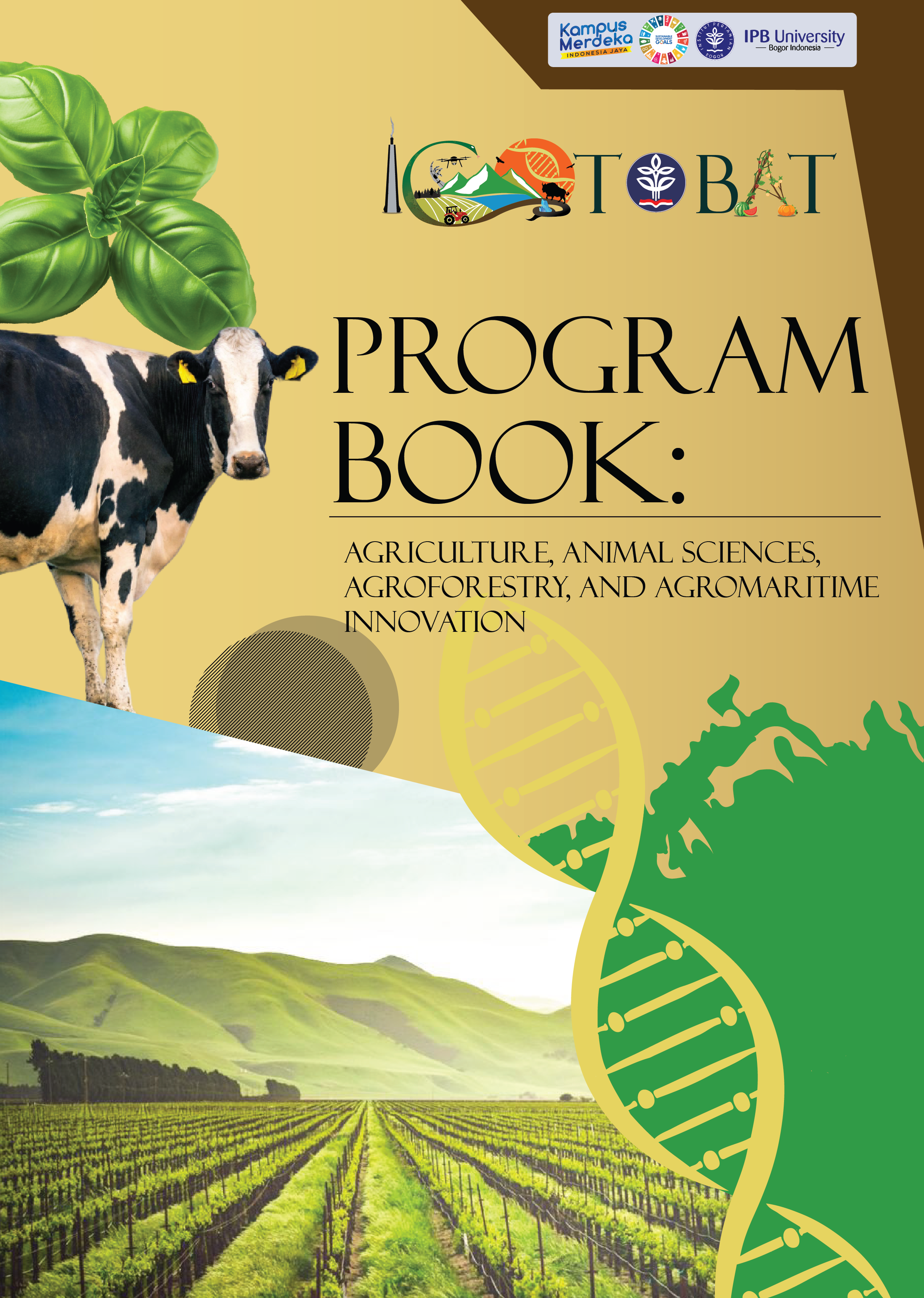Optimizing Land Suitability and Rehabilitation Techniques for Falcataria falcata, Durio zibethinus, and Callophyllum inophyllum in the Critical Land of Tenjolaya District, Bogor Regency, West Java
Keywords:
agroforestry , fast-growing species, unmanned aerial vehicleAbstract
Critical land is a major problem for environmental sustainability. Rehabilitation of critical land can be conducted by optimizing land suitability, planting adaptive species, and rehabilitation techniques (fertilizers and planting techniques consist of direct planting and drone seeders). In accessing remote areas, drone seeders are necessary to be applied. This study aimed to analyze the land suitability for Falcataria falcata, Durio zibethinus, and Callophyllum inophyllum, and the effect of fertilizers and planting techniques application to their growth. The method used was a spatial analysis using remote sensing and an experimental design using a completely randomized block design with 2 factors (fertilizers and planting techniques). The result showed that suitable land analysis for F. falcata is S3-eh (38.40%), D. zibethinus is S3 (38.40%), and C. inophyllum is S (39.28%). The C treatment (no fertilizers + direct planting) resulted in the best germination percentage for F. falcata (42.86%), D. zibethinus (85.71%), and C. inophyllum (100%). The land condition is full of rocks, hence the height at which the seeds are dropped causes damage to the fertilizers and seeds. The application of fertilizers and drone seeders can be a potential for rehabilitation in remote areas by considering the biophysical area and composition of seed-coating.






























